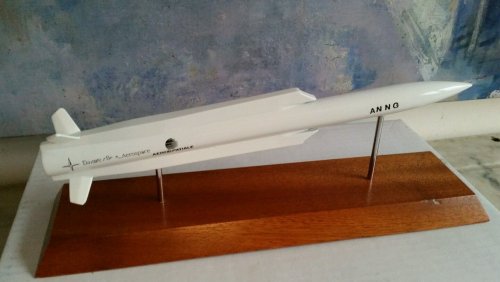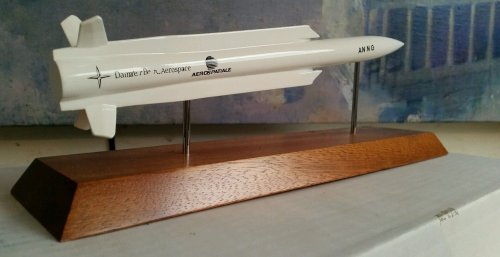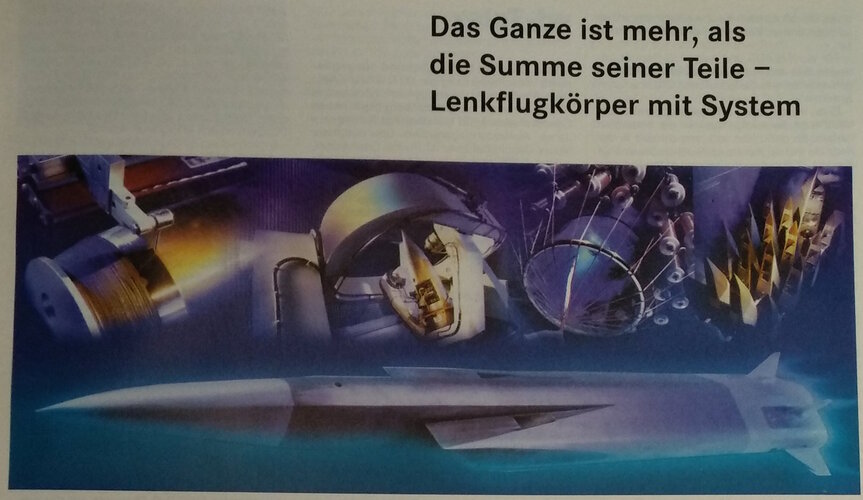ANF
A joint French/German programme, known as the Anti-Navire Nouvelle Géneration (ANNG) missile, was proposed as a replacement for the former joint ANS/ANF programmes which were examining successors to the MM 38/40 Exocet and AS-34 Kormoran projects. Initial plans were that ANS would enter service in 2000, then a less expensive solution, ANF, was proposed. A joint project between Aerospatiale (now MBDA Missile Systems) and LFK (part of EADS), ANNG, was announced in 1994 and would have used the ramjet motor technology used by ASMP to create a supersonic active
or passive radar-guided anti-ship missile with a range of about 350 km. In 1998, a lower-cost solution, also named ANF, was proposed as a replacement for ANNG. The ANF missile was initially intended for use against ship targets, but
with a possible land attack capability to be added later. ANF will be 5.8 m long, and the missile will cruise at
supersonic speed, M2.3 at low level and M 3.0 at high level and have a range of around 200 km. An active radar seeker will be used in the initial version. A liquid fuel ramjet motor programme, called Vesta, was initiated to provide improved performance, particularly in manoeuvrability, for the ANF missile. A project definition contract was awarded in October
1998, but the programme was halted in January 2000. It is expected that the Vesta ramjet motor development will continue for the ASMPA programme, and could be used if the ANF project is restarted. The initial ANF objective was to
develop a ship-launched missile to replace Exocet on French ships by 2005, an air-launched version for carriage on Rafale and Tornado aircraft by 2008, and then submarine and coastal defence versions would be developed by 2010. However, with the halt in 2000, these dates are unlikely to be met. With the introduction of a proposed Exocet block 3 missile in May 2002, it would seem that ANF will not be re-started.




